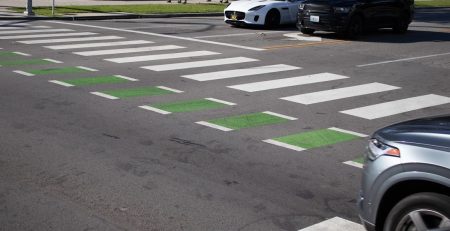What to Do After Suffering a Burn Injury
If you’ve just suffered a burn, as with any injury, you’re likely panicking. Calm down. Burns almost never deadly on their own (infection is the real killer), and unlike lacerations or other serious injuries, arriving at the emergency room several minutes early or late isn’t likely to have a large impact on your condition. Prompt diagnosis and treatment are vital to avoid complications and scarring.
Of course, it’s best to avoid burns at home altogether, but no amount of preparation can render you completely safe. If your burn is more severe, you’ll have to worry about potential disfigurement, medical complications, and undue suffering. Remember, you aren’t alone. Our compassionate serious injury attorneys in Arizona can help you through the process of recovery and discuss your legal options with you at length.
Diagnose The Degree and Extent of the Burn
You can learn more about different degrees of burns if needed, but for now, we’ll go over the most common burns (omitting fourth through sixth-degree burns) and how to recognize them:
 First-degree burns are your average, reddened, painful burns. Peeling skin is normal, but if the area grows inflamed or leaks pus, it’s infected and needs medical attention.
First-degree burns are your average, reddened, painful burns. Peeling skin is normal, but if the area grows inflamed or leaks pus, it’s infected and needs medical attention.- Second-degree burns are darker than the bright reds of first-degree burns and might be splotchy or wide-spread. Erupting blisters aren’t uncommon, and all second-degree burns require medical attention for proper dressing and antibiotic application.
- Third-degree burns are usually completely painless and numb, frequently destroying nerves entirely. The burn might seem leathery, white, grey, or blackened, and demands emergency medical treatment.
- Electrical and chemical burns are unique and always require medical treatment, regardless of how minor they might seem on the surface, as they can damage underlying tissue readily.
Perform First Aid and/ or See a Doctor
Before anything else, make sure to free the burn, exposing it to the open air. Burn wounds swell rapidly, so if you don’t remove restrictive clothing or jewelry immediately, they could cause complications. If clothing sticks to the burn site, leave it in place and cut around it.
With more minor burns (first-degree and some second-degree burns), you can treat them at home with cool, running water and cool compresses, alongside antibiotic ointments as needed. If the burn requires bandages, grows infected, covers a significant portion of the body, or is of a more severe degree, you need to seek professional medical assistance, which will involve more specific burn treatment.
Talk to a Serious Burn Injury Attorney in Arizona
Burn injuries are as much a mental ordeal as a physical one, as disfigurement, scarring, and isolation go hand-in-hand with the physical suffering caused by severe burns. Medical bills add up quickly; however, even if your burn wasn’t explicitly caused by someone else’s actions, you might still have ways to receive compensation from negligent manufacturers, maintenance personnel, or employers. Give ELG a call at (623) 877-3600 to schedule a free consultation with our Phoenix personal injury attorneys and learn more about how you can get the compensation you deserve.







